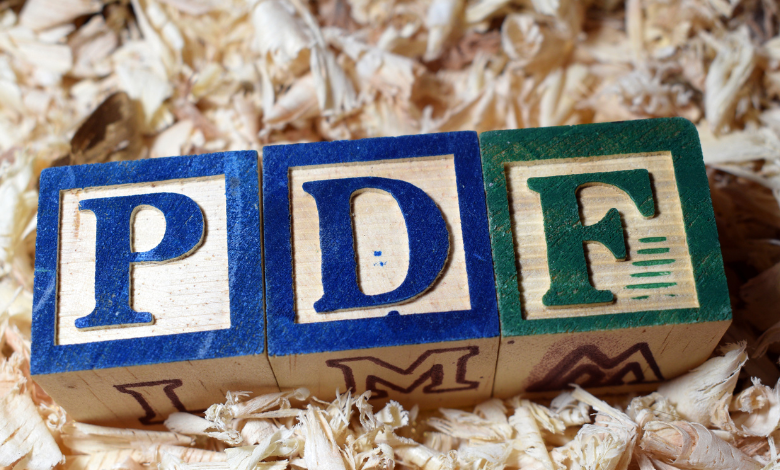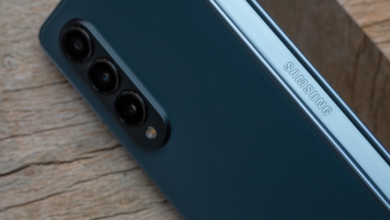A55 5e:30:ca:9c:82:21 mac address

When you connect to the internet or a local network, a piece of your device’s identity gets shared with the network: your MAC address. But what exactly is a MAC address, and why is it so crucial in networking? Let’s dive in.
What is a MAC Address?
A Media Access Control (MAC) address is a unique identifier assigned to the network interface card (NIC) of a device. Think of it as your device’s fingerprint in the digital world. Unlike IP addresses, which can change depending on the network you connect to, MAC addresses are permanent and tied to your device’s hardware.
Why are MAC Addresses Important?
MAC addresses are vital because they ensure the proper delivery of data packets to the right device on a network. Without MAC addresses, routers and switches wouldn’t know where to send the information. This unique identifier also plays a crucial role in network security, enabling the tracking and management of devices within a network.
The Structure of a MAC Address
To fully grasp the significance of MAC addresses, understanding their structure is essential.
MAC Address Format
A MAC address consists of 12 hexadecimal digits (0-9, A-F), typically displayed in pairs separated by colons or hyphens. For example, “a55 5e:30:ca:9c:82:21” follows this format. These digits are divided into two parts: the Organizationally Unique Identifier (OUI) and the Network Interface Controller (NIC) specific identifier.
Understanding the Hexadecimal System
The hexadecimal system, or base-16, is a numbering system that uses 16 symbols, from 0 to 9 and A to F. In the context of MAC addresses, this system allows for a large number of unique identifiers, ensuring that each networked device has a distinct MAC address.
The Significance of the OUI and NIC
The first half of the MAC address, the OUI, is assigned by the IEEE to manufacturers. It identifies the vendor or manufacturer of the device. The second half is specific to the device itself, ensuring its uniqueness on the network.
Decoding “a55 5e:30:ca:9c:82:21”
Now, let’s break down the MAC address “a55 5e:30:ca:9c:82:21” to understand what it reveals about the device it belongs to.
Breaking Down the MAC Address
In this MAC address, “a55 5e:30” represents the OUI, identifying the manufacturer of the device. The remaining part, “ca:9c:82:21,” is unique to the device, serving as its fingerprint within the manufacturer’s product range.
Manufacturer Identification
By analyzing the OUI, you can determine the manufacturer of the device. Tools and databases are available online to help you identify the company associated with a specific OUI.
Device Identification
The latter half of the MAC address is used to uniquely identify the device within the manufacturer’s range. This part ensures that no two devices from the same manufacturer have the same MAC address.
Common Uses of MAC Addresses
MAC addresses are not just identifiers; they serve several critical functions in networking.
Network Security
MAC addresses are often used in network security protocols to ensure that only authorized devices can access the network. By filtering MAC addresses, networks can block unauthorized devices, adding a layer of security.
Device Tracking
Networks can track the devices connected to them using MAC addresses. This feature is particularly useful in corporate environments, where IT administrators need to monitor and manage numerous devices.
Access Control
Many networks implement MAC address filtering to control access. Only devices with pre-approved MAC addresses can connect, which helps prevent unauthorized access and enhances overall security.
How to Find a MAC Address
Locating the MAC address of your device is relatively simple, though the process varies depending on the operating system.
On Windows Devices
To find the MAC address on a Windows device, open the Command Prompt and type ipconfig /all. Look for the “Physical Address” field under your network adapter’s details.
On macOS Devices
For macOS users, you can find the MAC address by opening the “System Preferences,” selecting “Network,” and then clicking on “Advanced.” The MAC address will be listed under the “Hardware” tab.
On Mobile Devices
On Android and iOS devices, the MAC address is usually found in the “About Phone” or “About Device” section of the settings menu. Look for “Wi-Fi MAC Address” or a similar term.
Spoofing and Privacy Concerns
While MAC addresses are useful, they can also pose privacy risks.
What is MAC Address Spoofing?
MAC address spoofing involves changing your device’s MAC address to appear as another device on the network. This practice can be used for legitimate reasons, such as testing network security, or for malicious purposes, like bypassing network filters.
Why Spoof a MAC Address?
Some users spoof their MAC address to protect their privacy, as it makes it harder for networks to track their device. Others might do it to bypass network restrictions.
Potential Risks and How to Protect Yourself
Spoofing can lead to security vulnerabilities, as malicious actors could use it to gain unauthorized access to networks. To protect yourself, consider using network encryption, VPNs, and regularly updating your device’s firmware.
Conclusion
MAC addresses are a fundamental part of modern networking, ensuring that data gets to the right device and helping maintain network security. By understanding MAC addresses, their structure, and their uses, you can better manage and protect your devices.
FAQs
What is the difference between a MAC address and an IP address?
While both MAC addresses and IP addresses are used for network communication, they serve different purposes. A MAC address is tied to the hardware and doesn’t change, while an IP address can change depending on the network.
Can two devices have the same MAC address?
In theory, no two devices should have the same MAC address. However, MAC address spoofing can create conflicts if two devices on the same network have the same address.
Is it legal to change your MAC address?
Changing your MAC address, or spoofing, is legal in most places as long as it’s not used for malicious purposes. However, some networks may have policies against it.
How can I secure my MAC address from spoofing?
To protect your MAC address from being spoofed, use strong network security measures like WPA3 encryption and regularly update your router’s firmware.
Why do MAC addresses matter in cybersecurity?
MAC addresses are crucial in cybersecurity because they help identify and manage devices on a network. They play a key role in access control and network monitoring.



